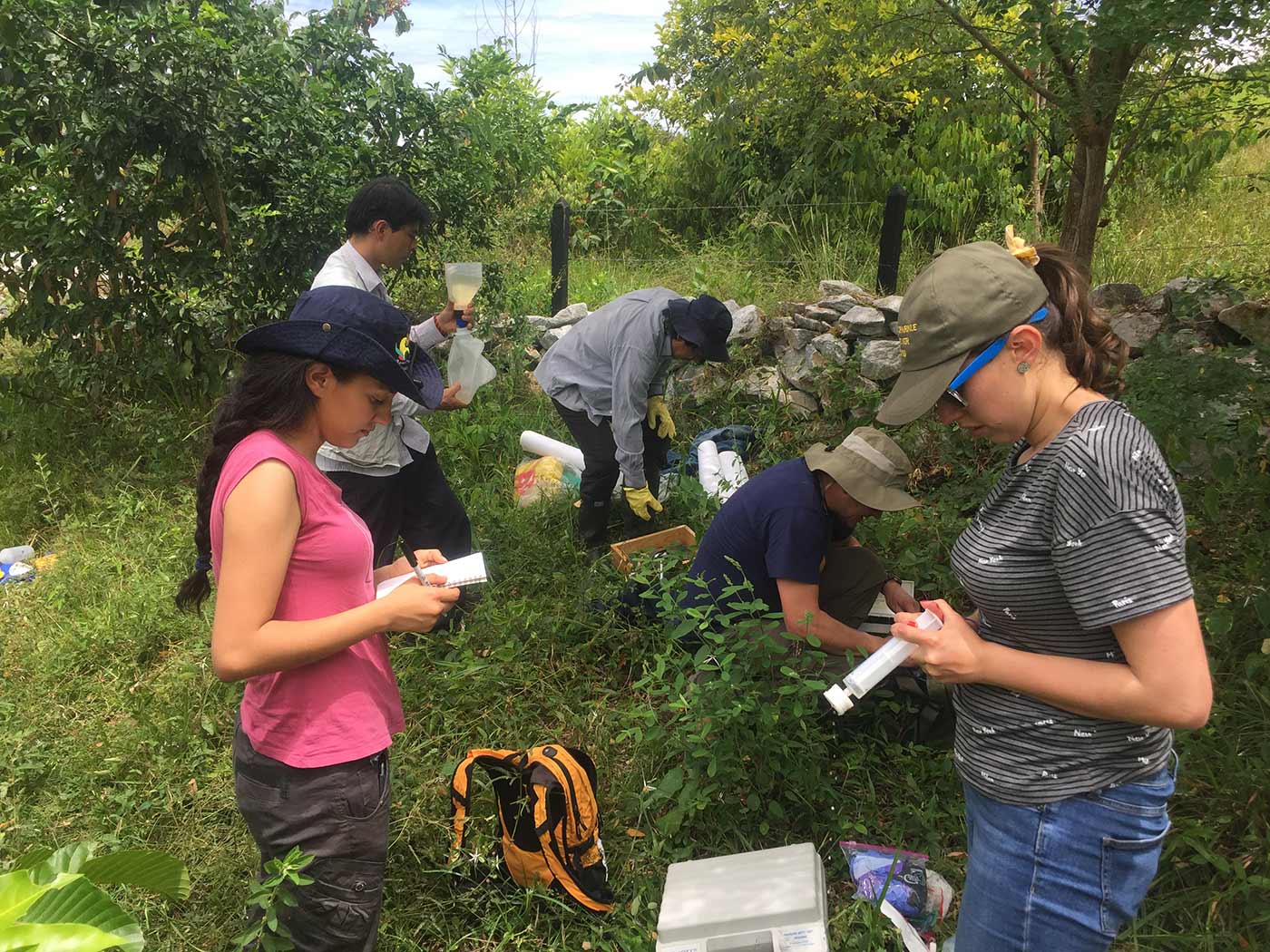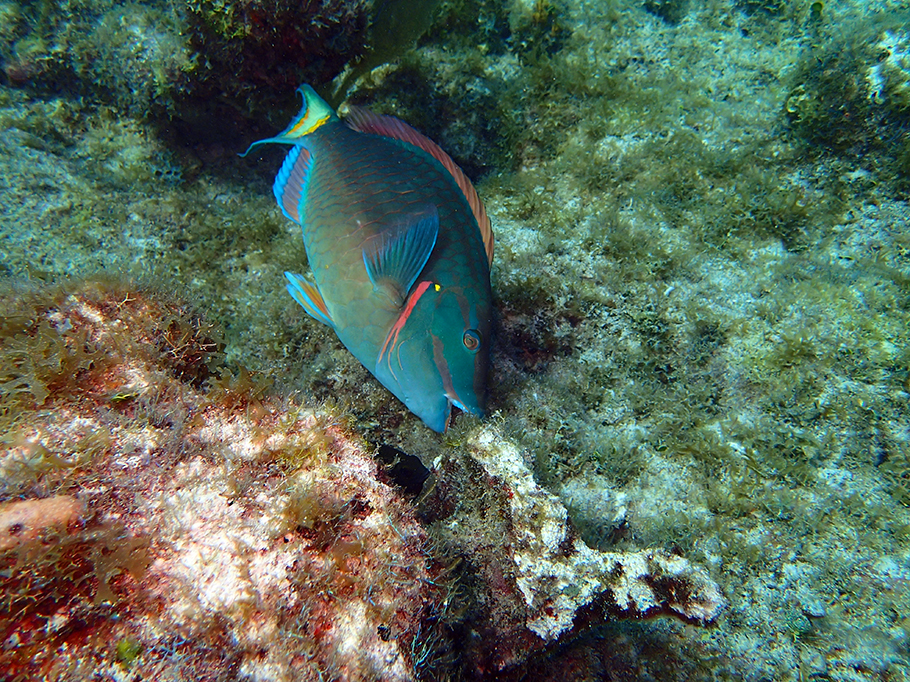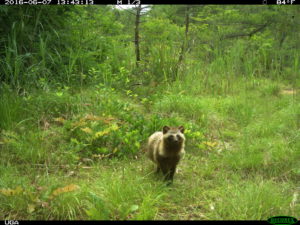
No simple answers on future problems with pest insects
By The Swedish University of Agricultural Sciences 1/23/2020 While some trends suggest that insect abundances generally decrease, there is also a fear that problems with pest insects will increase in the future. The logic is simple – insects are ectothermic and should thereby be favored by ongoing climate warming. It is however not that easy to predict future damage of pest…


















